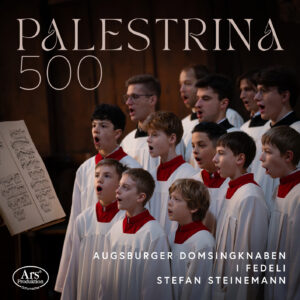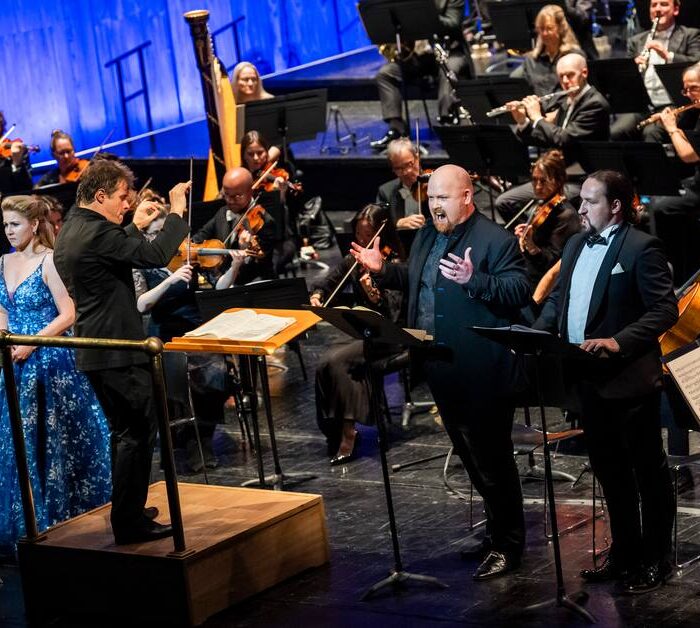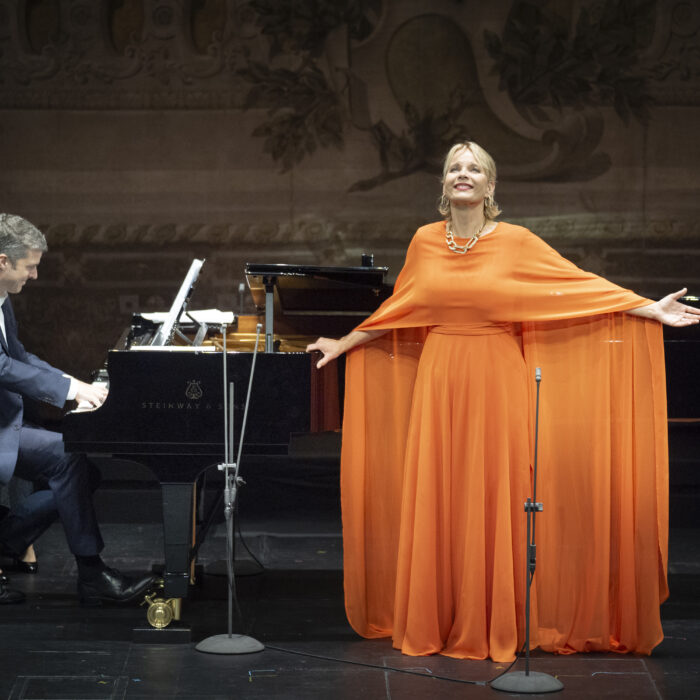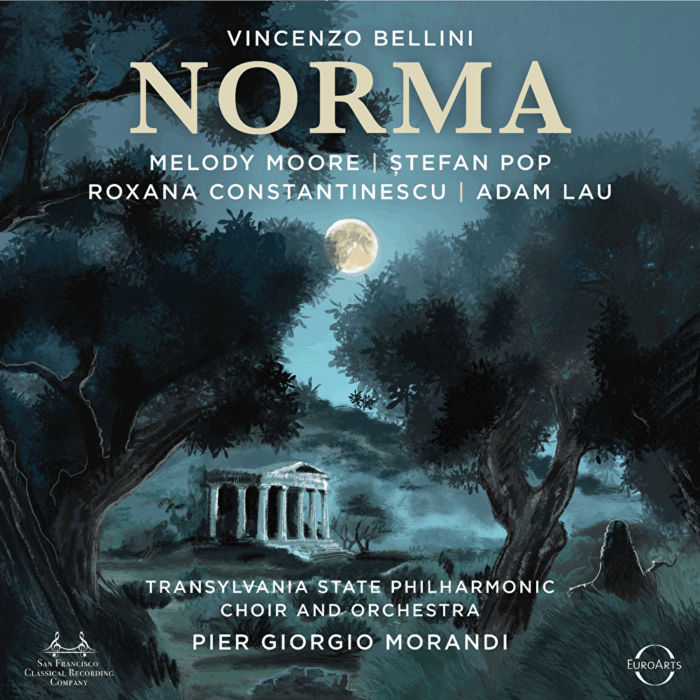
CD Review: Augsburger Domsingknaben’s ‘Palestrina 500’
By Andréas Rey
This is an album of intimacy, an album that is very internal. It comes from the inside and is best listened to before dawn disturbs the unfolding of the intimate inner space with its noises, crowds, and obligations. The music of the encounter between the listener’s universe and the night that surrounds them.
If there is one adjective that aptly describes Palestrina’s Masses, it is “intimacy.” And Palestrina’s music, which is the focus of this recording, is indeed music of that most inner nature. Even his final Stabat Mater, with its anger and fierce restraint, remains music that comes from that night; a music of a soul, addressing a soul. It seems to emerge from that night without disturbing its silence, the language of the deepest intimacy. No dialogue amid the noise.
The Palestrina mass around which this disc is structured is called “Frateres ego enim acepi” (Brother, I have accepted). And it is indeed toward brotherhood that they seem to be heading. Brotherhood with silence first and foremost, but also with other composers of the same sensibility from 1500 to 1600, such as William Byrd (1543-1623). Pierre de Manchicourt (1510-1564), Orlandi di Laso (1532-1594) and Thomas Luis de Victoria (1548-1611). Fraternity of music with silence, as the tessitura of the children of the Augsburger Domsingknaben I Feli and even the brass instruments seem unwilling to break this crystal cocoon. Although these composers shared the same century, they did not share the same country. Pergolesi worked in Rome, Orlando di Laso, after a time in Italy, in the Netherlands, William Byrd in England, and Thomas Luis de Victoria in Spain. This recording therefore offers music lovers a kind of brotherhood of spirit, feelings, and intimacy. A brotherhood between composers, and, as you listen to this disc, a brotherhood between the listener and these composers across the centuries.
The Augsbureger Domsingknaben I Feli, conducted by choir director Stefan Steinemann, performs this music with such purity that it seems timeless, as falling from another world. He even manages to unify the various compositions on this album as if they were a single work, simply with different instrumental accompaniments and characters depending on the composer, like satin woven by different hands.
Fraternity thus reaches even the listener. It seems to invite us to enter a silent yet dialoguing community, like a community of Trappist monks. Moreover, the name of Palestrina’s Mass is Frateres, not Frater ego enim accepti. It addresses several brothers. A brotherhood in which noise would be replaced by silence, in which the soul would communicate with the soul, without noise, obligations, or outside crowds.



